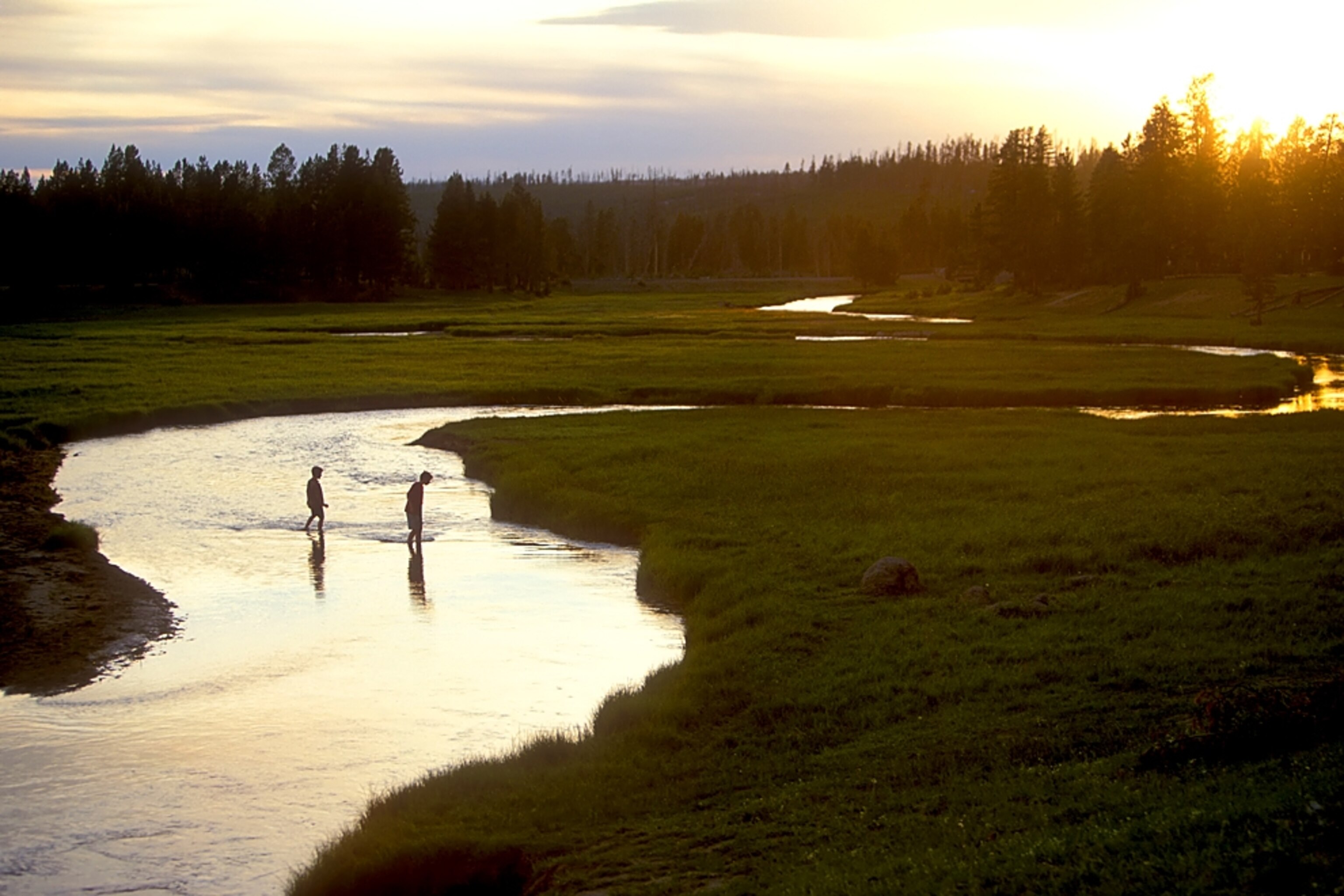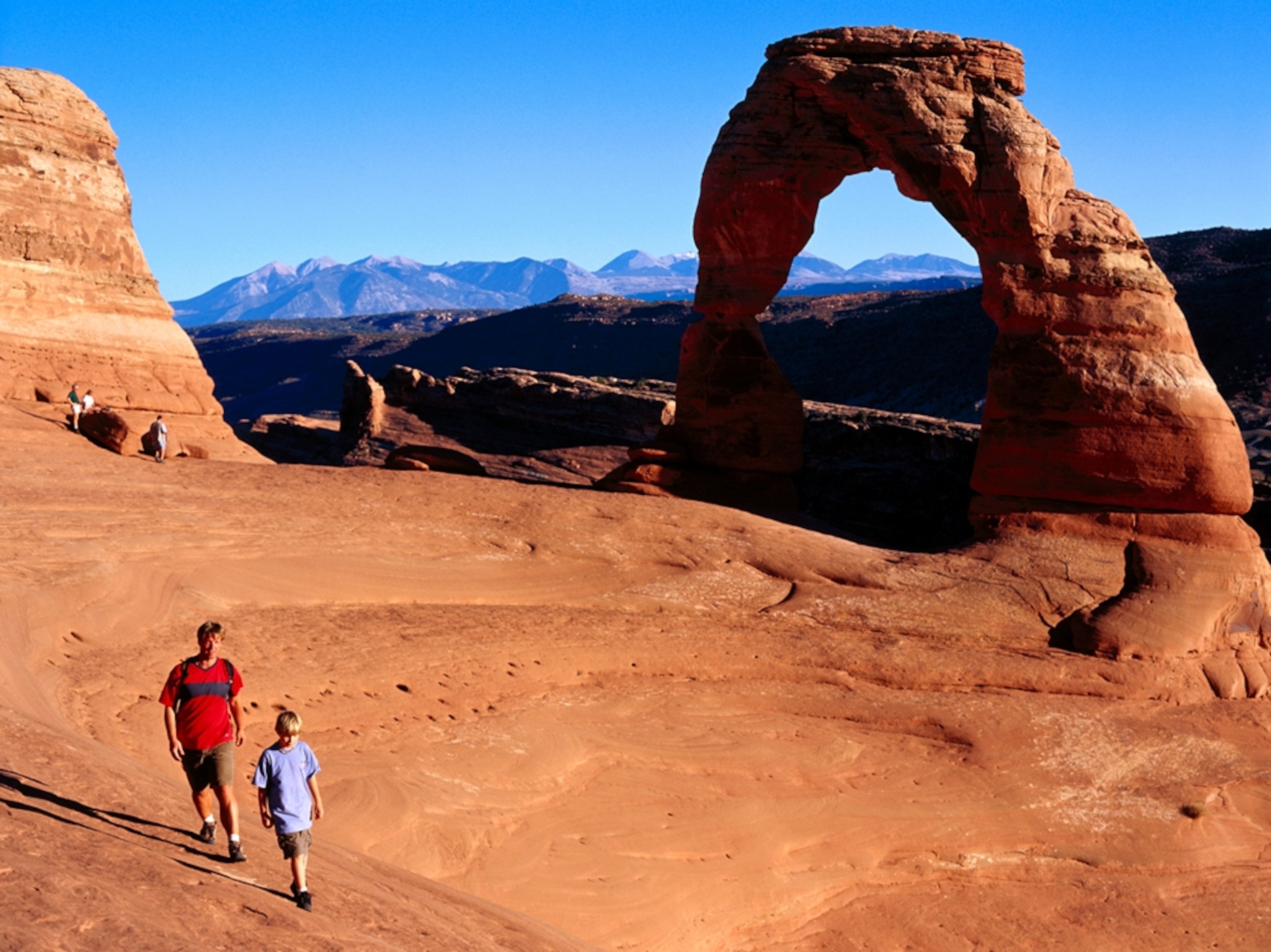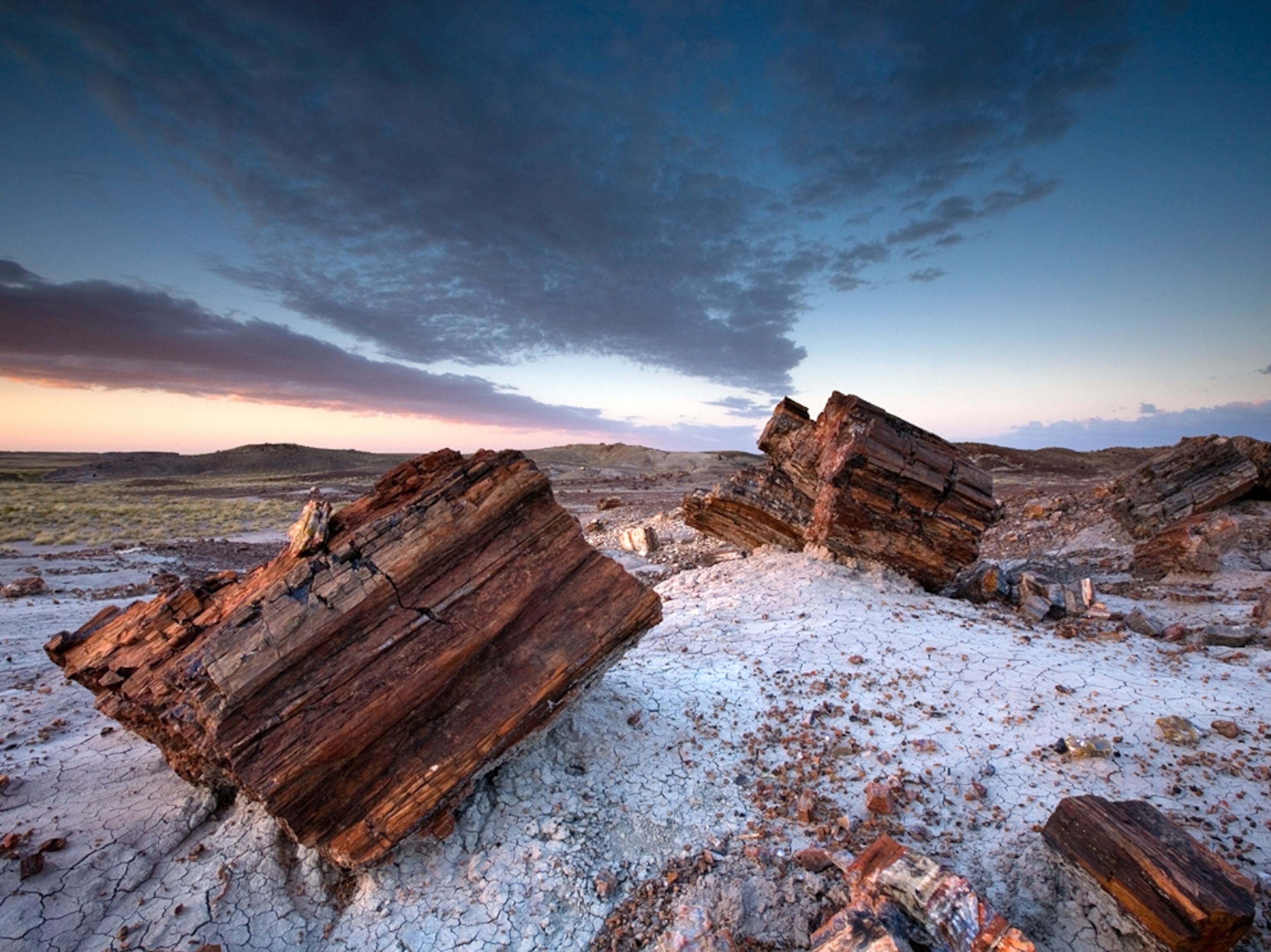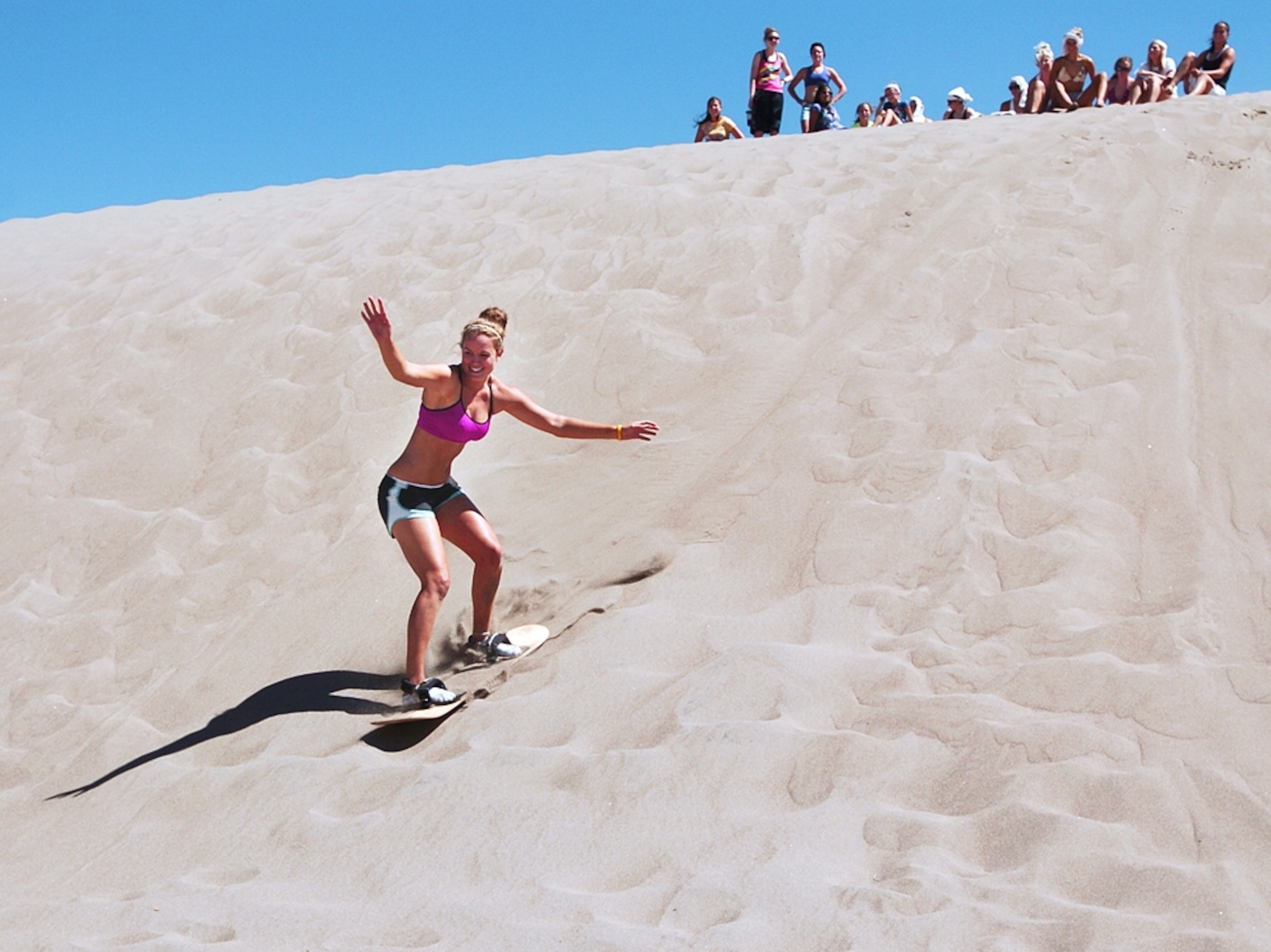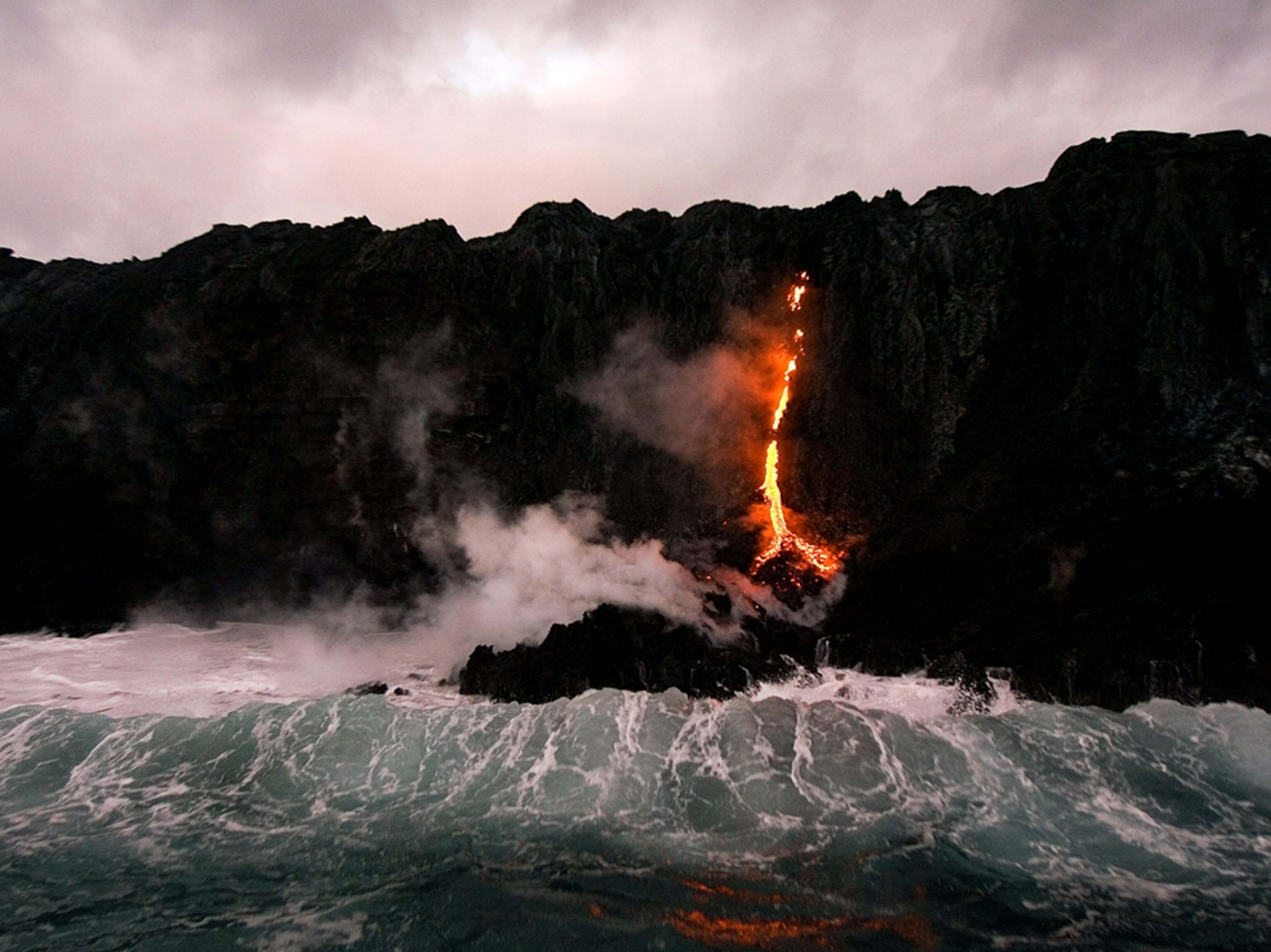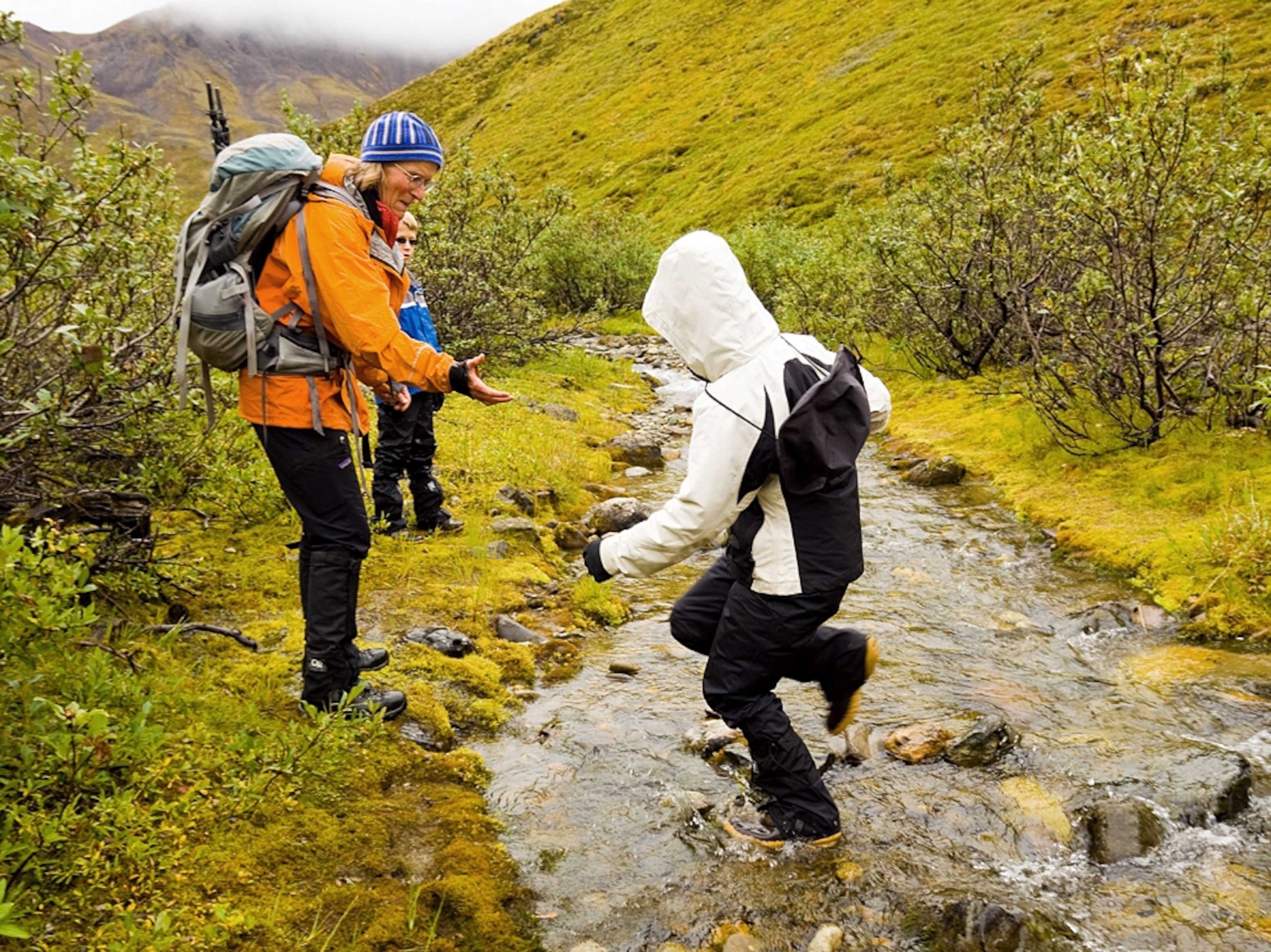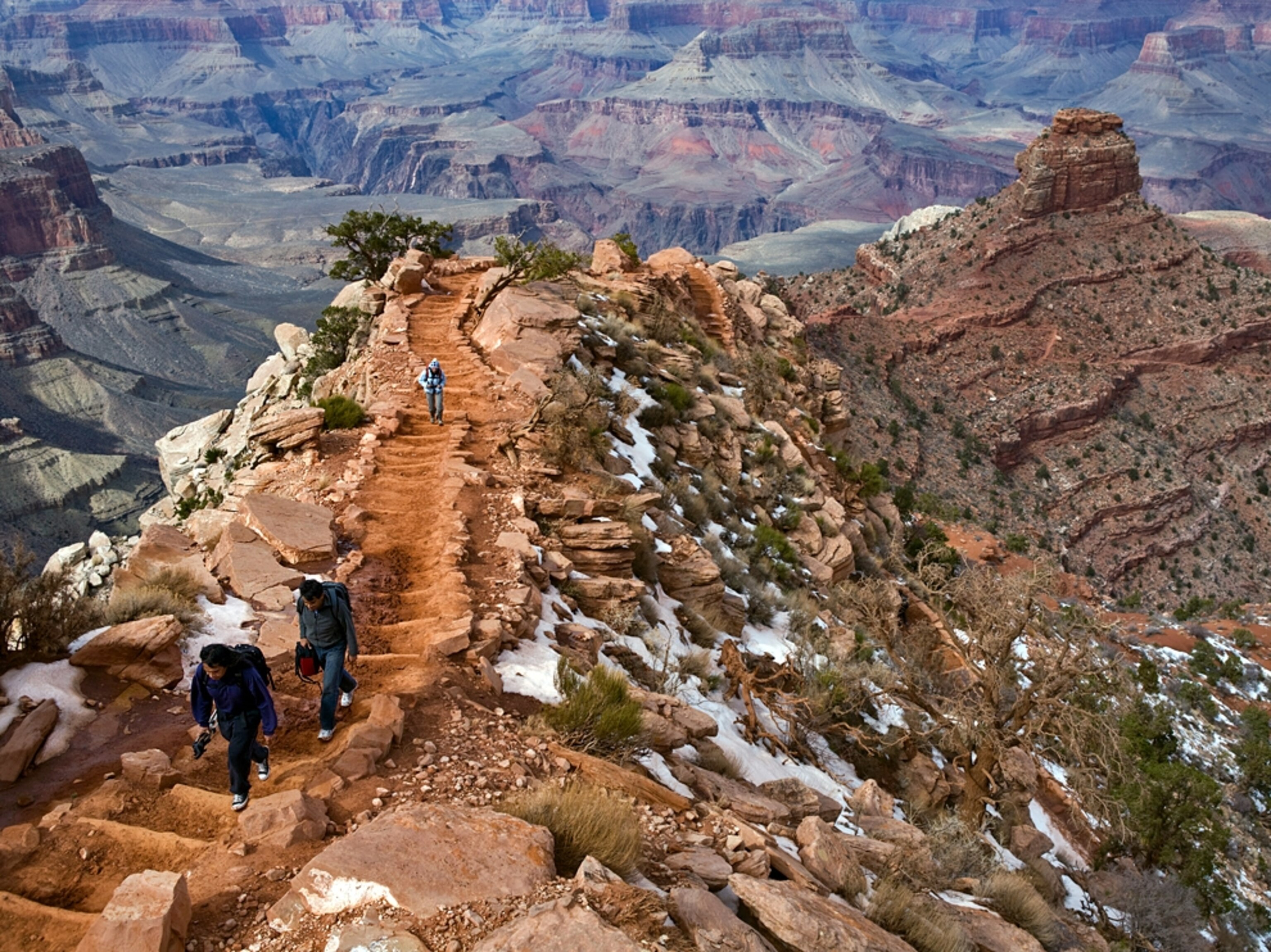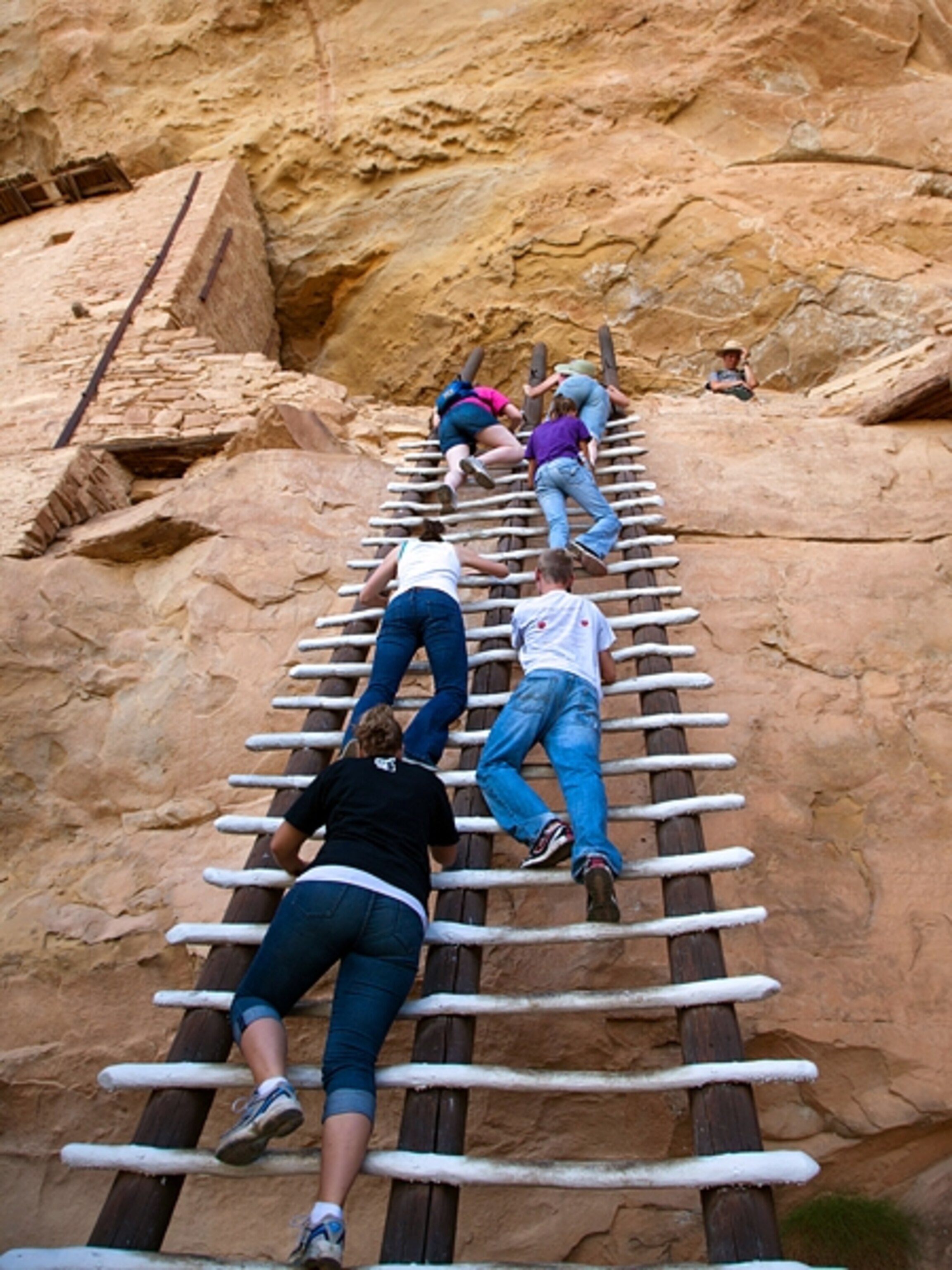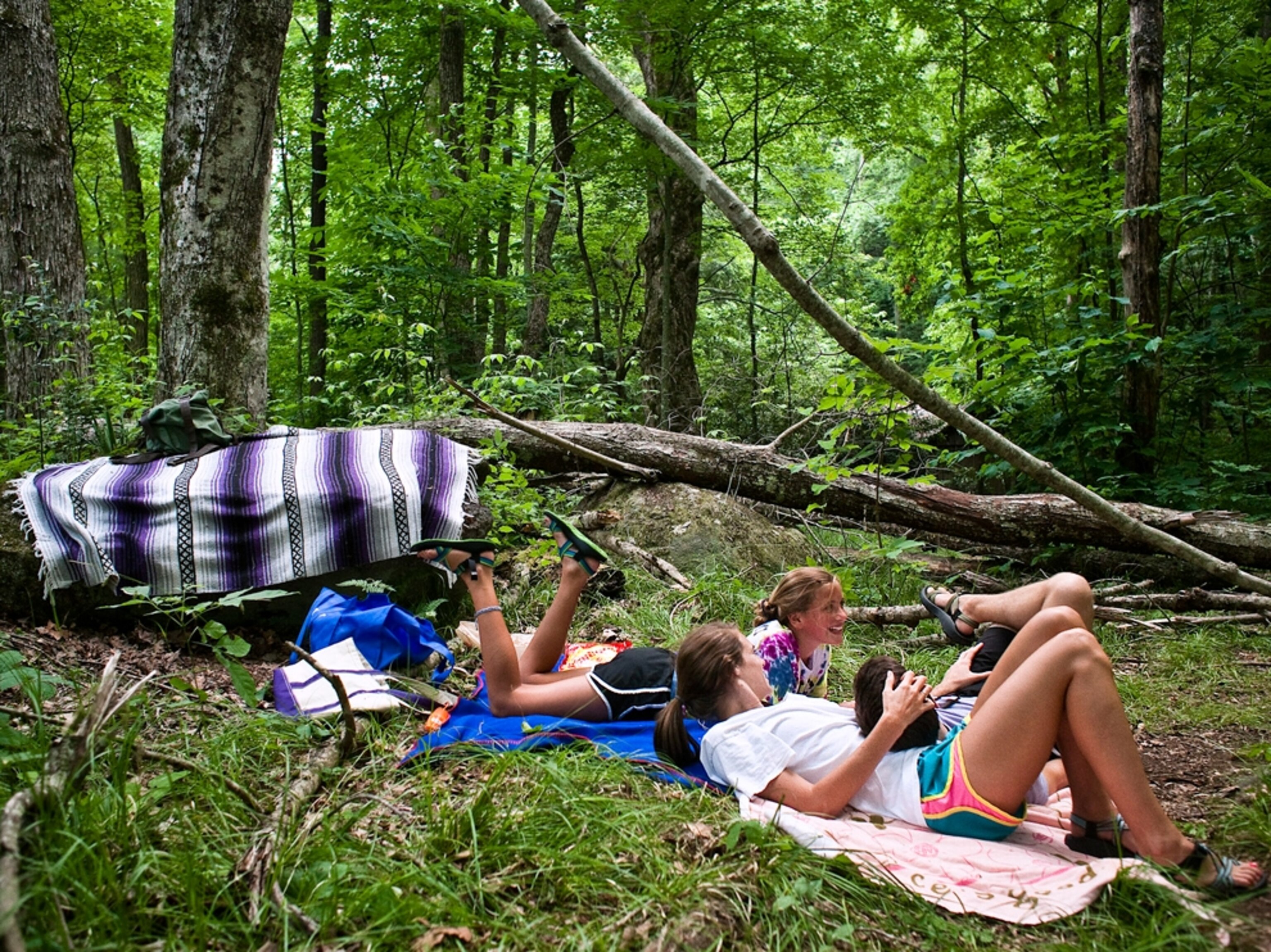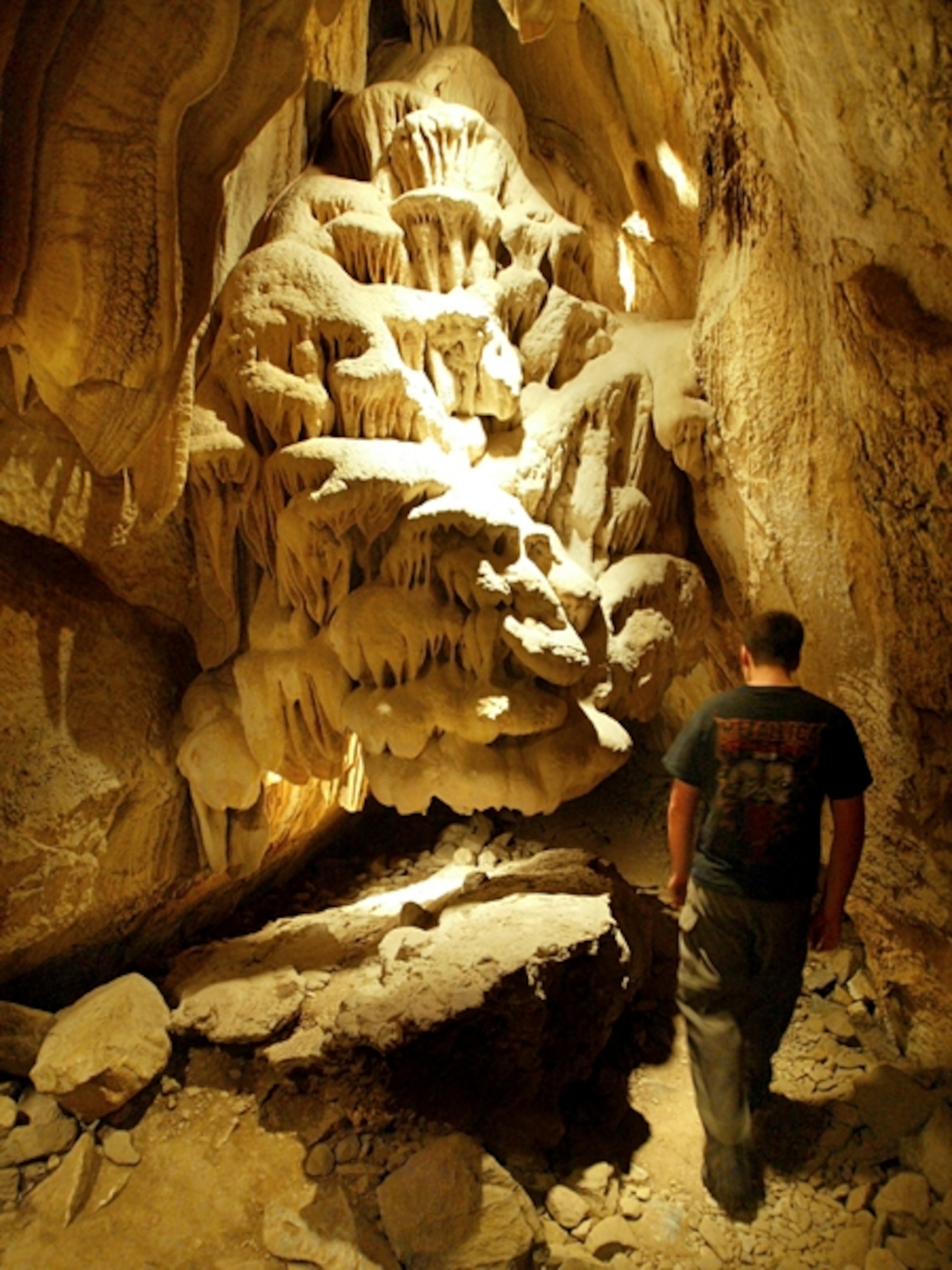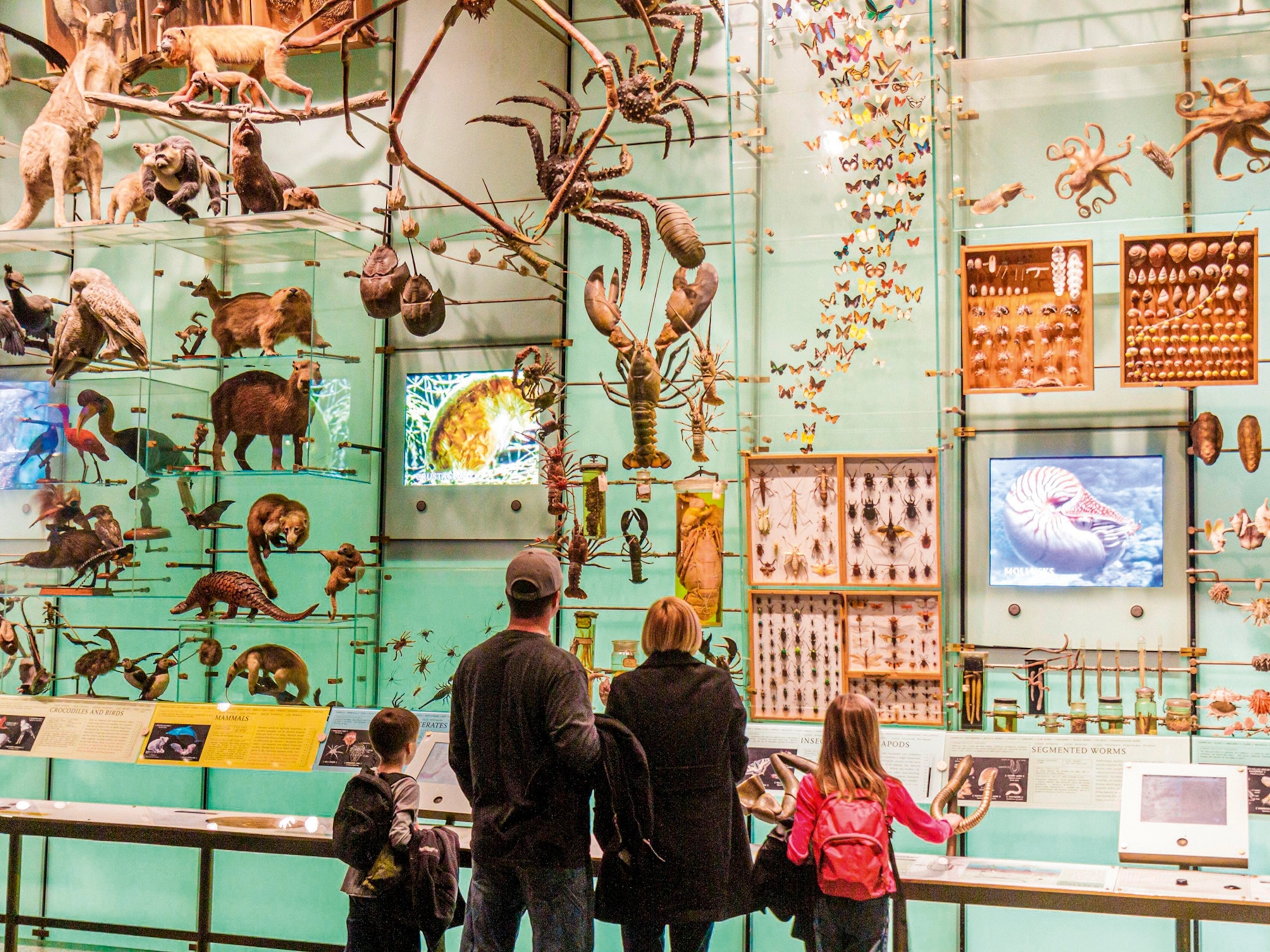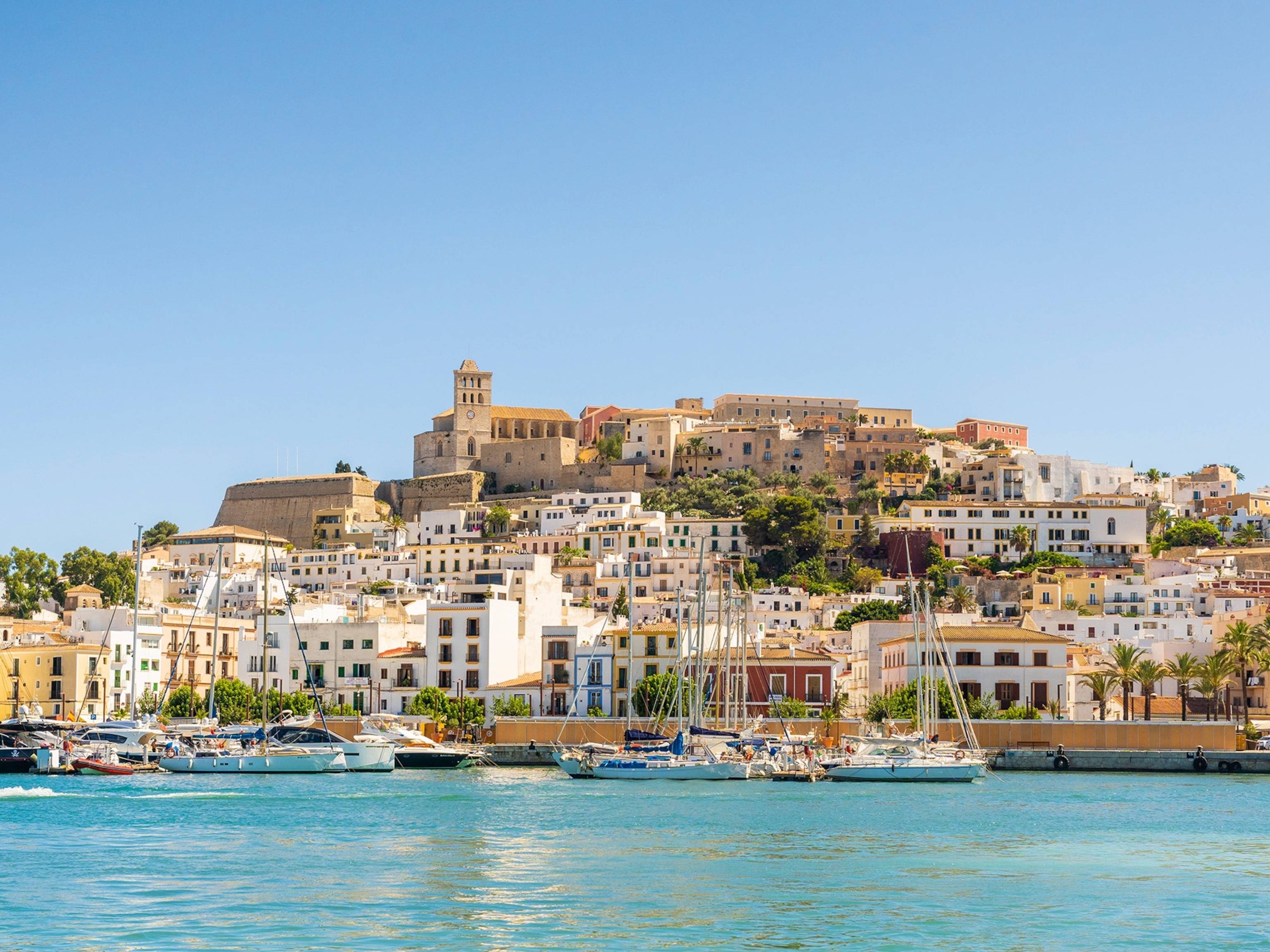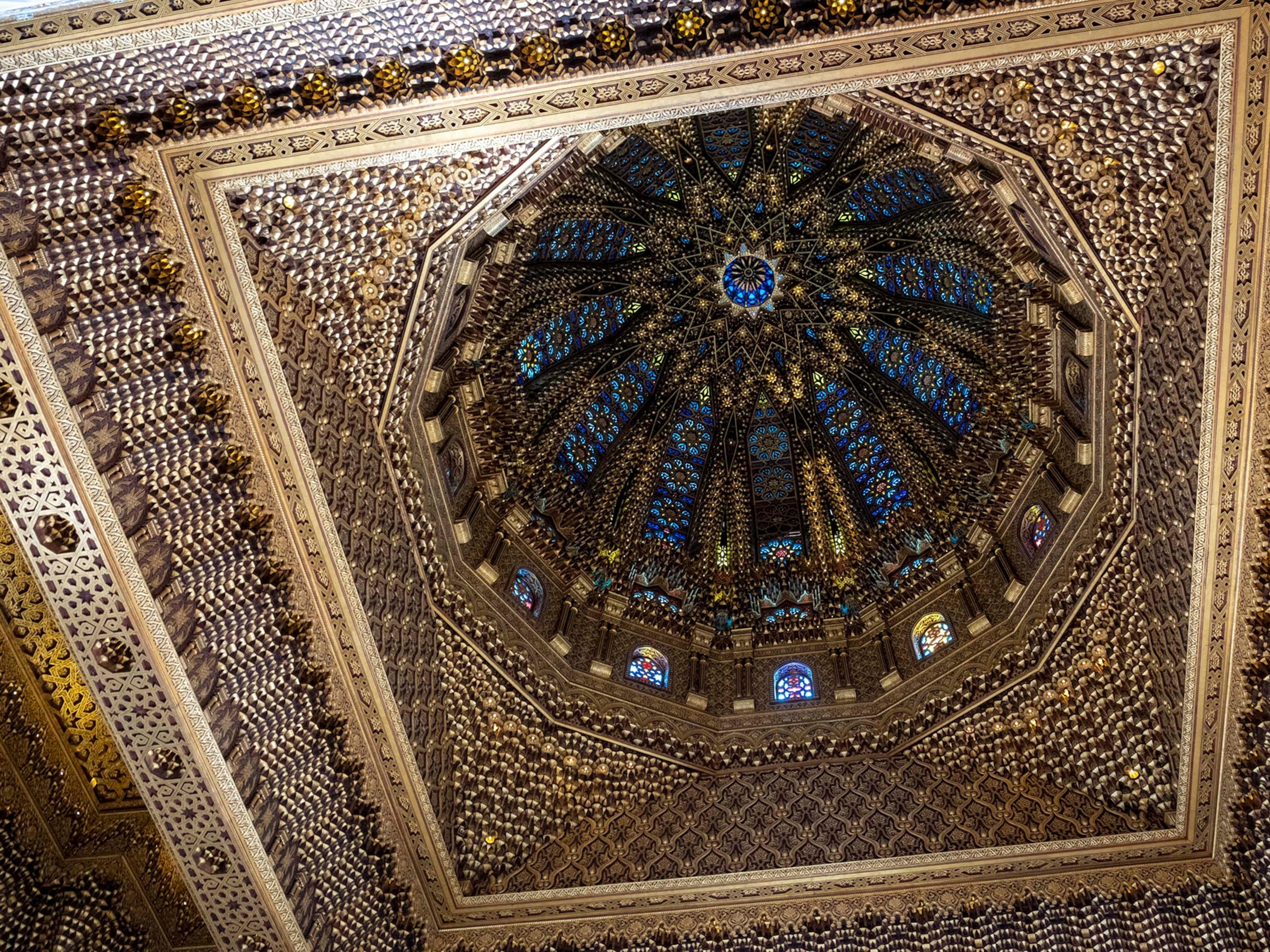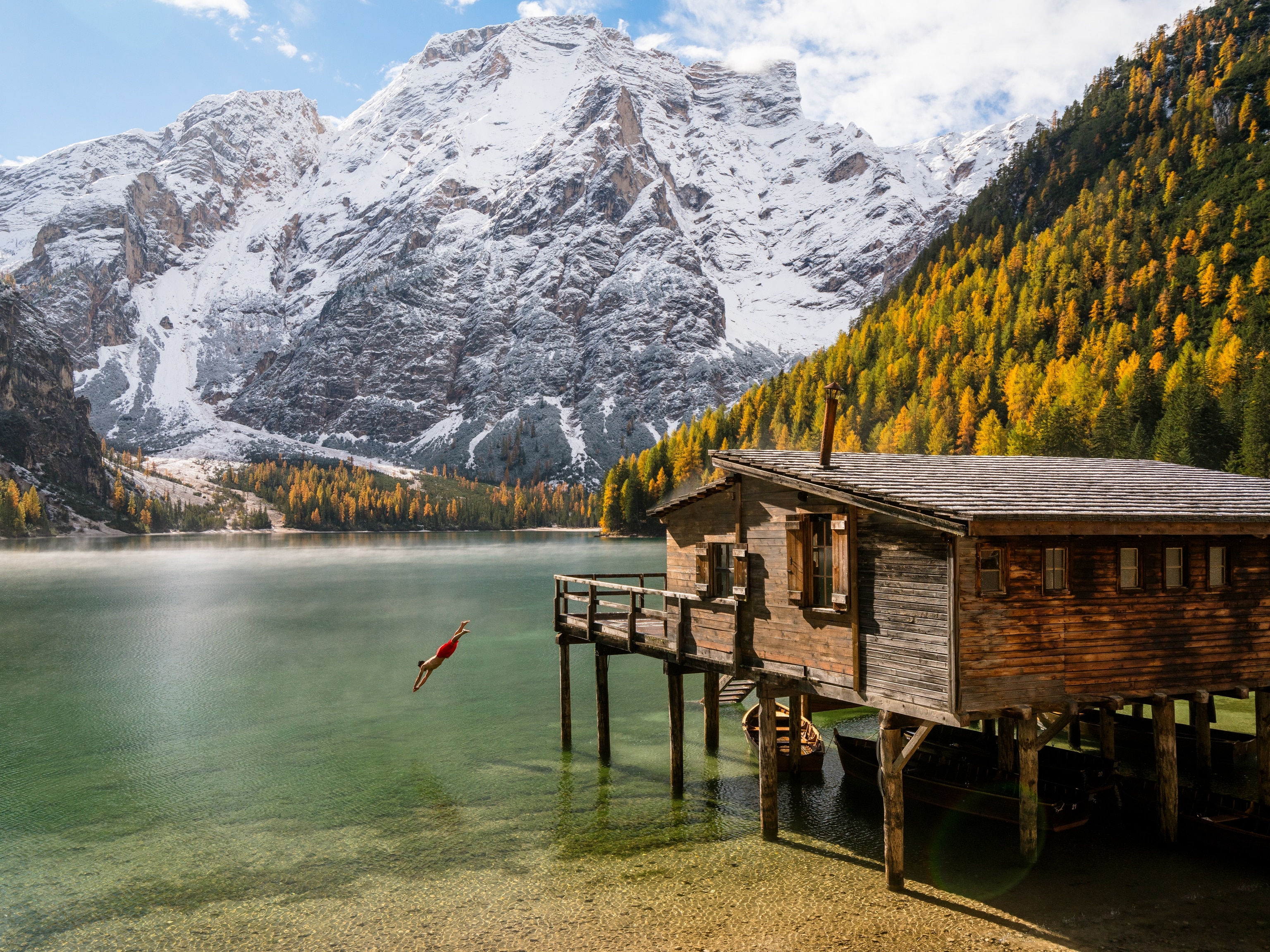1 of 11
Photograph by Robbie George, National Geographic
Best National Park Adventures for Kids
You want to take your kids on an unforgettable adventure in one of our spectacular national parks—but which one? In his new book, 100 Places That Can Change Your Child's Life, editor, author, and dad Keith Bellows names the best parks for families—and much more. See his 11 park picks below, then get more expert tips and travel destinations in the book.
ByKeith Bellows
March 1, 2013
- National Geographic Expeditions
Travel with National Geographic
